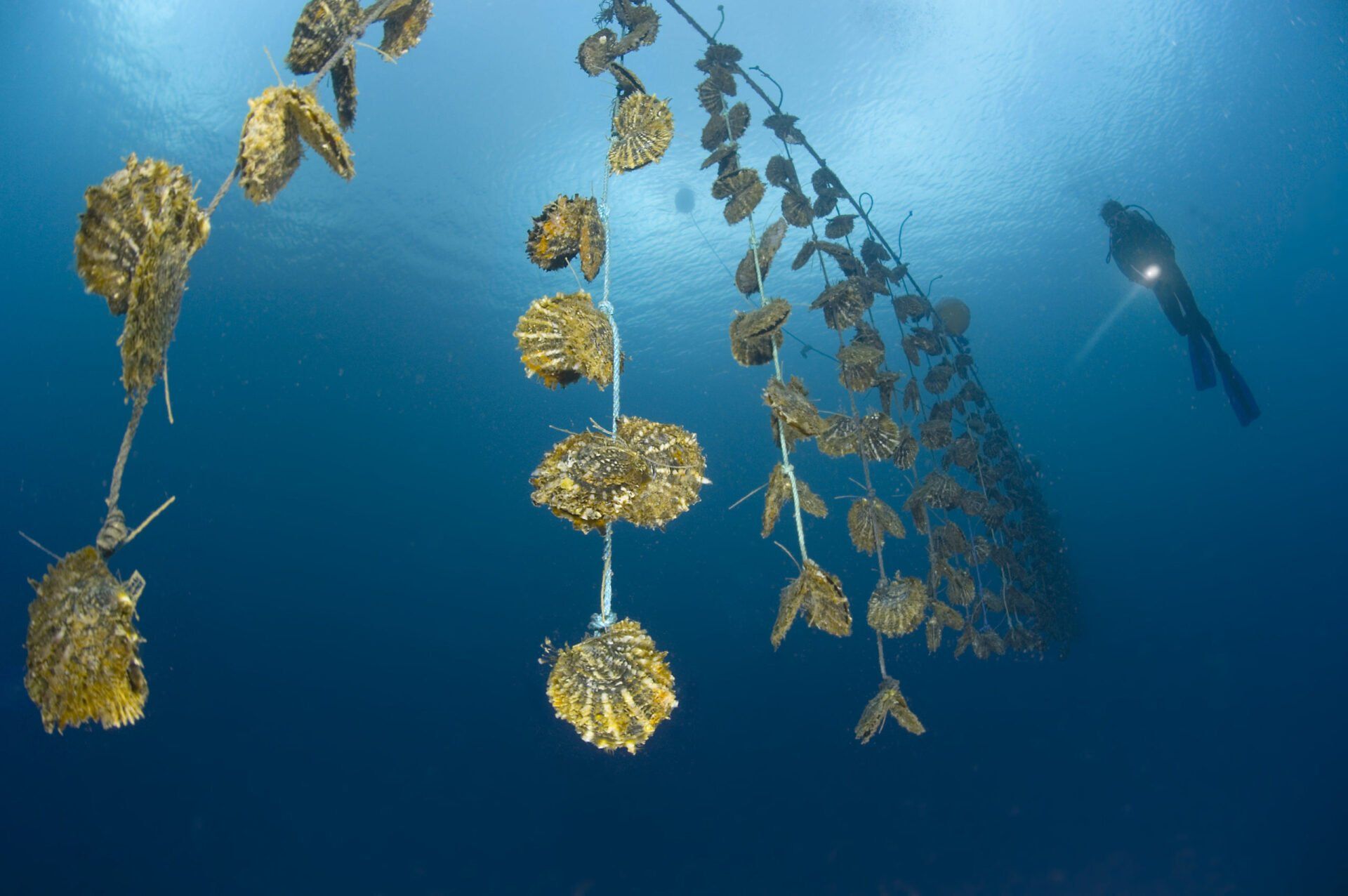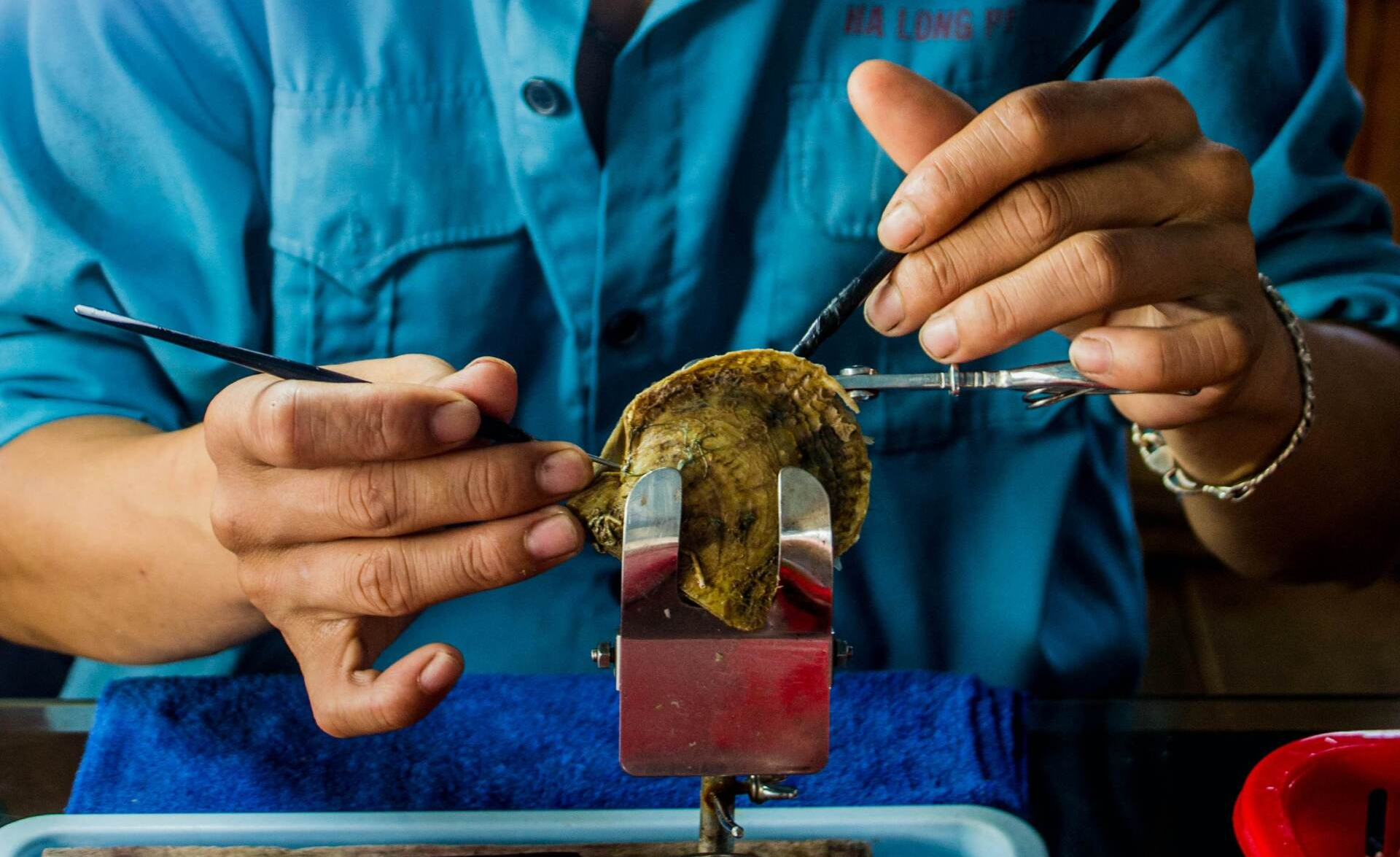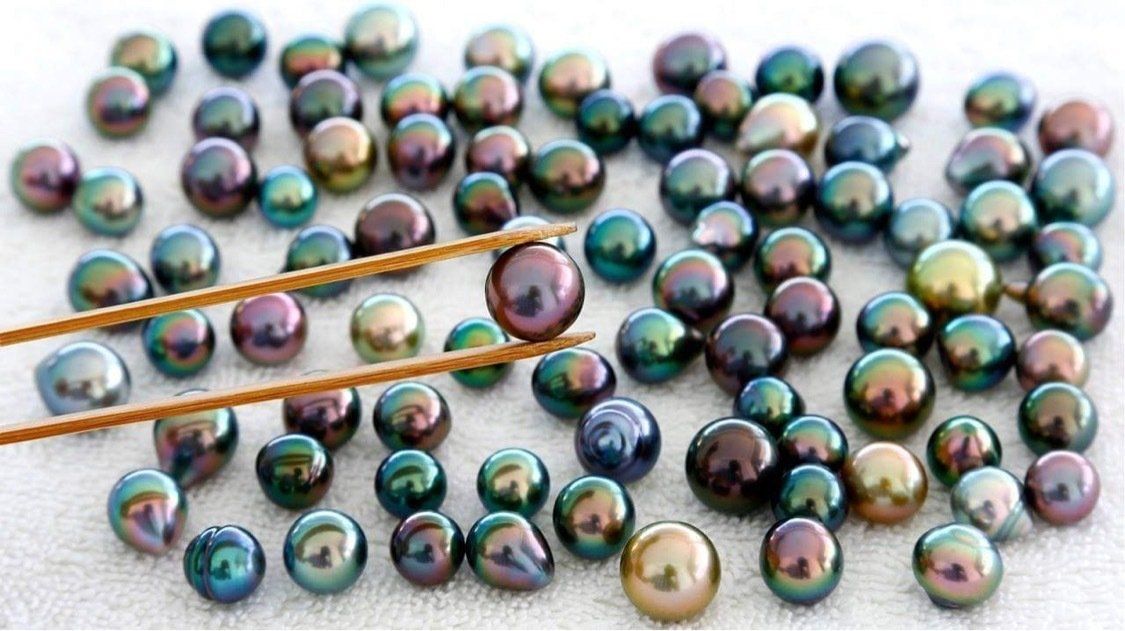WHAT MAKES TAHITIAN
PEARLS SO UNIQUE
Tahitian Pearls is known for its particular black colour that can vary from grey, green, blue, peacock and aubergine. This particular colour is essentially due to the mollusc that has a lustrous thick and dark, and also the quality of the ocean, the temperature and the depth. The lustrous plant is also called Pinctada Margaritifera.
Most of the pearl farms in French Polynesia are situated in the Tuamotu Island, one of the bigger parts of French Polynesia. This is also where Tahiti Treasure sustainably sources our pearls.
The Tahitian Pearl is categorised into 5 classes, which vary depending on the size, form and imperfections on the Pearl. The 5 classes of Pearl are: Colour, Size, Form, Quality and brightness. These classes will fall into Categories A, B,C or D.
Tahiti Treasure uses only the highest quality Tahitian Pearl: Round and Semi-Round, Category A&B.
The Creation of Tahitian Pearls
Be on the Treasure list
Subscribe to our Newsletter
Be the first to know about new collections, special offers and insider treasures.




